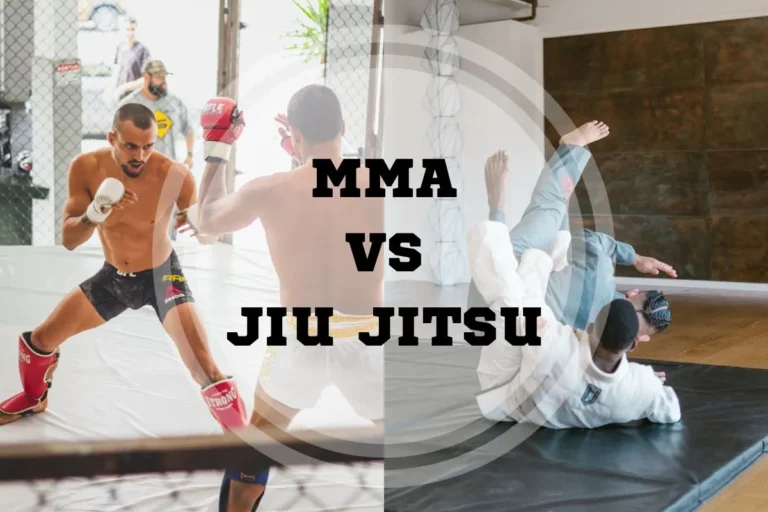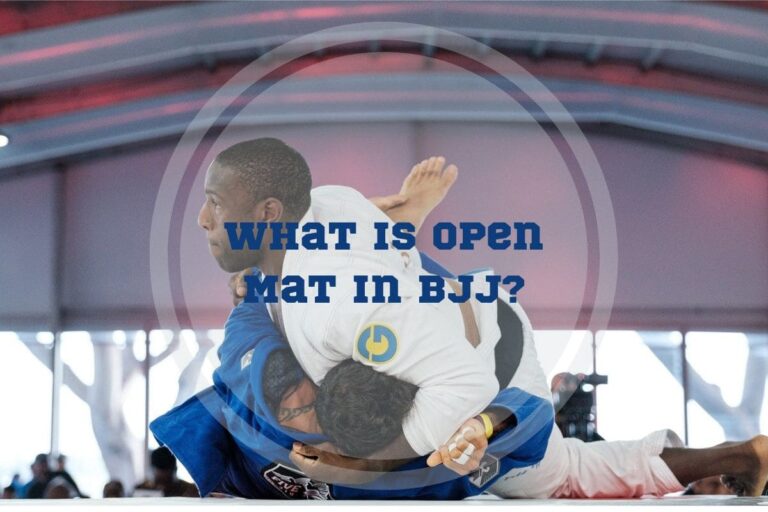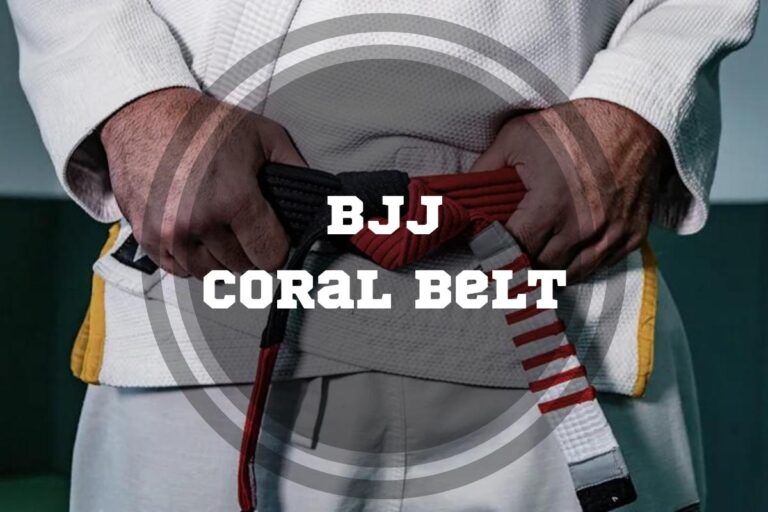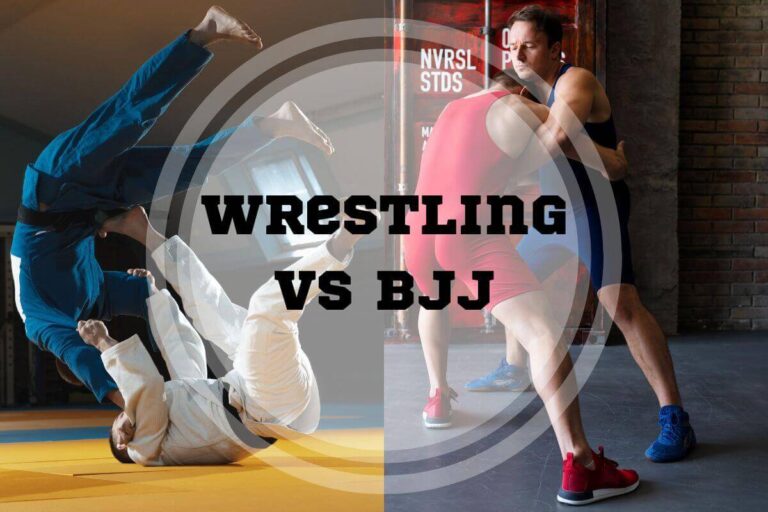Brazilian Jiu Jitsu vs Karate – Choosing Your Path in Martial Arts
The world of martial arts is so diverse, so it’s no wonder that it’s difficult to choose what to practice. Brazilian Jiu Jitsu vs Karate is often compared because both of these martial arts have rich histories and philosophies, and both have roots that trace back centuries. So, how do you figure out which one you’ll like better, Karate or Brazilian Jiujitsu?
Well, your best bet is to simply try and see. But the problem with that is, you might end up wasting your time, so it’s better to first get acquainted with the differences, and pros and cons of each.
That’s exactly what we’re doing in this article – we’re going deep into details on both of these martial arts to help you make a choice easier. You’ll learn all there is to this subject, and at the end, you should have a clear picture of what would work better for you.
Let’s fight!
What are the differences between Brazilian jiu jitsu vs karate?
Brazilian Jiu jitsu focuses on ground fighting and uses strength, leverage, submissions, and grappling techniques (no strikes). Karate emphasizes striking, including kicks, punches, and blocks, with a strong foundation in stance, form, and discipline.
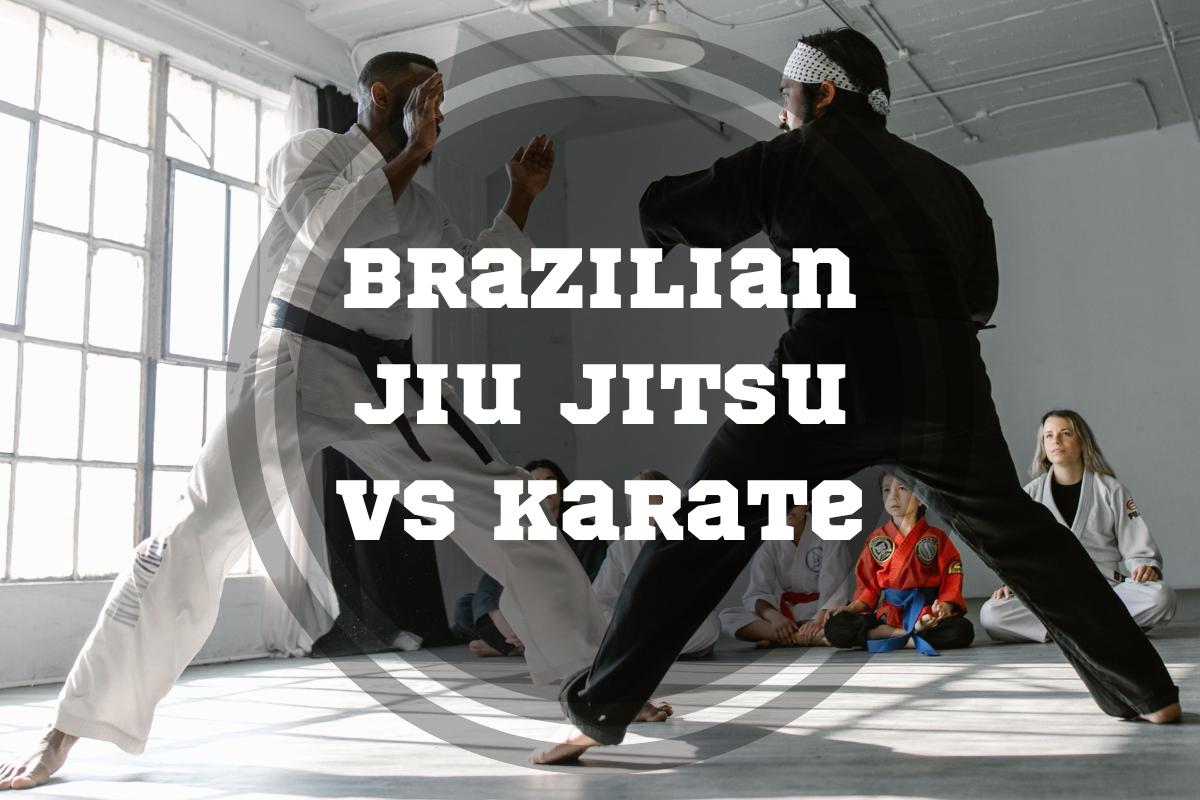
What is Brazilian Jiu Jitsu?
Brazilian Jiu Jitsu, or BJJ for short, became a martial art after Mitsuyo Maeda, a Judo master (the student Jigoro Kano who was the founder of Judo), came to Brazil and started teaching Carlos Gracie. The Gracie family (mainly Carlos and Hélio) then started adapting Judo into what is today known as Brazilian Jiu Jitsu. This is also why Brazilian Jiu Jitsu and Jiu Jitsu are sometimes conflated.
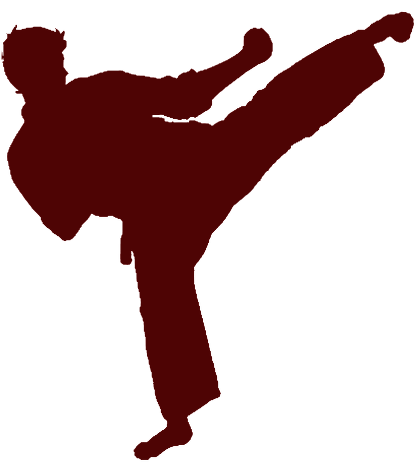
Brazilian Jiu Jitsu and Jiu Jitsu: Difference
Brazilian Jiu Jitsu (BJJ) originated, as the name suggests, in Brazil. However, the ‘Jiu Jitsu’ part doesn’t sound very Portuguese, but rather Japanese. This is because BJJ draws its roots from Jiu Jitsu (a Japanese martial art that dates back all the way to the samurai era). Brazilian Jiu Jitsu is derived from Judo, and Judo is derived from Jiu Jitsu. Brazilian Jiu Jitsu and Jiu Jitsu (sometimes called ‘Jujutsu’ or ‘Jujitsu’) are not the same. BJJ focuses on ground fighting and grappling, while Jiu Jitsu also uses striking.
The basic principle of BJJ lies in relying on leverage and technique to overcome your opponent, rather than relying only on physical strength. Don’t mistake this for not needing any strength, though, because martial arts always require a certain level of it. If your technique is master-level and your opponent as well, then it will be your strength, your endurance, and your wits/intelligence that will decide the winner in a fight.
Brazilian Jiu Jitsu is all about grappling, submissions and positional control. Its practitioners look to gain advantageous positions, called pins, on the ground, like mount or back control, where they can do joint locks or chokeholds to force their opponent to submit.
If you decide to give Brazilian Jiu Jitsu a try, you’ll work on both your physical and mental skills, like strategy, problem-solving, and adaptability. You’ll engage in sparring sessions with other practitioners and apply what you learn in a live, dynamic setting. As your skill progresses, so will the color of your belt – Brazilian Jiu Jitsu has a belt system that ranges from white to black (with coral and red as well at the end).
Although it’s effective in self-defense, Brazilian Jiu-Jitsu has evolved into a competitive sport, and it has a global following. You can enter competitions, or tournaments, to test your skills against others and show your mastery in the art. Brazilian Jiu-Jitsu’s nature is very inclusive, which is one of the reasons why it’s so popular, and it’s suitable for people of different ages, genders, and fitness levels.
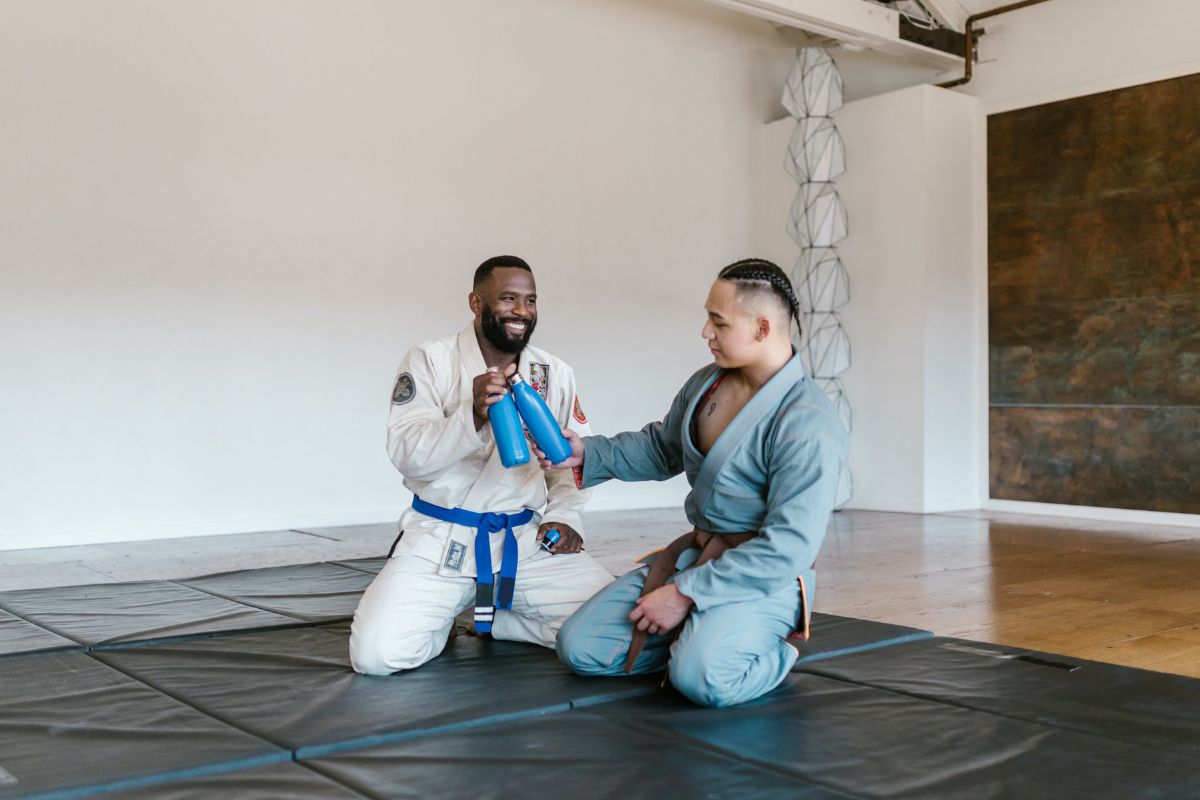
What is Karate?
For people who are inexperienced, Karate is a synonym for martial arts, which just goes to show how popular it is. Of course, you know better than that and you’re aware of the fact that Karate is just one martial art among many others.
It originated in Okinawa, Japan, and has grown into a discipline that is globally recognized and practiced. Its roots are a combination of Okinawan fighting styles and Chinese martial arts. Did you know that the word “karate” means empty hand? This shows how much it focuses on unarmed combat, and it places a strong emphasis on striking techniques using the hands, feet, knees, and elbows.
Its practitioners are known as Karateka and follow a disciplined training regimen that includes practicing katas. Have you ever seen The Office, particularly those scenes where Dwight shows his “mastery” of karate? As hilarious as his movements are, you may have noticed they look almost choreographed. That’s what katas are – choreographed patterns of movements that simulate different combat scenarios. Of course, actual practitioners do it a bit better than Mr. Schrute.
The training is rigorous, but it’s worth it. Karate develops physical and mental skills and aims to improve its practitioners’ strength, flexibility, and agility while also cultivating qualities like discipline, respect, and focus. If you thought this was just about kicks and punches – oh, how wrong are you! Yes, punching and kicking is a huge part of it because it’s a martial art after all, but developing mental skill is just as important to be successful. The philosophy of Karate goes beyond mere physical combat and promotes the concept of self-improvement and ethical use of martial skills.
Like Brazilian Jiu Jitsu, Karate also has a belt system that shows how proficient you are. It starts with white for beginners, evolves through the spectrum, and culminates in black. There are also competitive elements in Karate, with tournaments that give you a chance to show what you’ve learned and compete against others. Karate competitions are scored based on factors like technique, form, and control.
What is the Difference Between Karate and Brazilian Jiu Jitsu?
Glancing over what Karate and Brazilian Jiu Jitsu are, you probably noticed a lot of similarities, so is Karate and Brazilian Jiu Jitsu the same? They’re both martial arts, there’s a belt system, they aim to develop both your strength and mental skill, etc.
So, what are the differences between Karate and Brazilian Jiu Jitsu? The difference between Brazilian Jiu-Jitsu and Karate is significant enough to make it into two separate martial arts despite the similarities they share.
1. Combat Range and Techniques
Karate is about striking techniques made from a distance and it uses punches, kicks, and knee strikes. The movements are swift, powerful, and designed to incapacitate your opponent while standing – basically there will be damage. Brazilian Jiu Jitsu, on the other hand, is a different story. It prioritizes ground fighting and submissions through joint locks and chokeholds. Those who practice Brazilian Jiu Jitsu want to control and submit their opponents in close-quarters combat on the ground. There is a chance you can win a fight without causing any harm (outside of ego).
2. Philosophy and Approach
Discipline, pain-resilience, self-control, and respect – this is what Karate promotes. Training involves katas, which are structured sequences that help you memorize and precisely apply all techniques and sparring sessions as well (usually, unless “old school”, with protective gear like gloves, shins, helmets). Live sparring sessions are a crucial aspect of Brazilian Jiu-Jitsu training, and it embraces adaptability, strategy, and problem-solving.
3. Training Methods
Karate has a lot of methods of training, like practicing katas, sparring, and conditioning exercises. When it comes to rehearsing techniques, it’s usually done in a structured manner with focus on form and execution. Same with BJJ, techniques are practiced in the form of drills. Both Karate and Brazilian Jiu-Jitsu use live sparrings as the foundation of training. This allows you to apply techniques against resisting opponents and provides a more realistic, practical training.
4. Belt System
It starts with white and ends with black for both Brazilian Jiu-Jitsu and Karate, but Brazilian Jiu-Jitsu’s belt system is more intricate. In Karate, you go from white to various other colors until getting to black. In Brazilian Jiu-Jitsu, there are additional colored belts and stripes that show your level of proficiency.
5. Application of Techniques
Karate techniques are mostly about quick, decisive strikes for self-defense that aim to disable your opponent. Brazilian Jiu-Jitsu is different in that respect and emphasizes control and submission on the ground.
Brazilian Jiu Jitsu vs Karate: Summary
If you were before wondering about what the difference between Brazilian Jiu-Jitsu and Karate was, now you probably have a more clear picture of the matter. Now that you have a better idea of the differences between Karate vs Brazilian Jiu Jitsu, let’s put them side by side to see their pros and cons.
Pros And Cons of Karate
Karate excels in stand-up striking/fighting techniques, so if you decide to give it a go, you’ll have a whole repertoire of powerful punches, kicks, and knee strikes. You’ll also get a structured approach to learning and perfecting techniques through practicing katas.
Another great thing about Karate is its emphasis on discipline, respect, and self-control. Your physical skills and muscle memory will develop, of course, but so will your mental skills, and those can translate into everyday life. The stand-up techniques Karate focuses on make it versatile for a range of situations where you need to maintain distance and strike to defend yourself.
However, Karate isn’t ideal when it comes to ground fighting and submissions, so you won’t be as proficient in situations where confrontation transitions to the ground. Sometimes, the fight goes beyond just standing up, so this is definitely a limitation.
Some people point out that Karate isn’t as practical when it comes to application like some other martial arts because of its traditional nature. Since it puts so much emphasis on katas, the application in real-life defense situations might not be too practical because the stylized movements won’t always translate seamlessly into dynamic, unpredictable situations. But that will highly vary from school to school.
The biggest con one could say (although it definitely help you with mental resilience) is that you will be punched and you will be kicked – sometimes in your pretty face 🙂
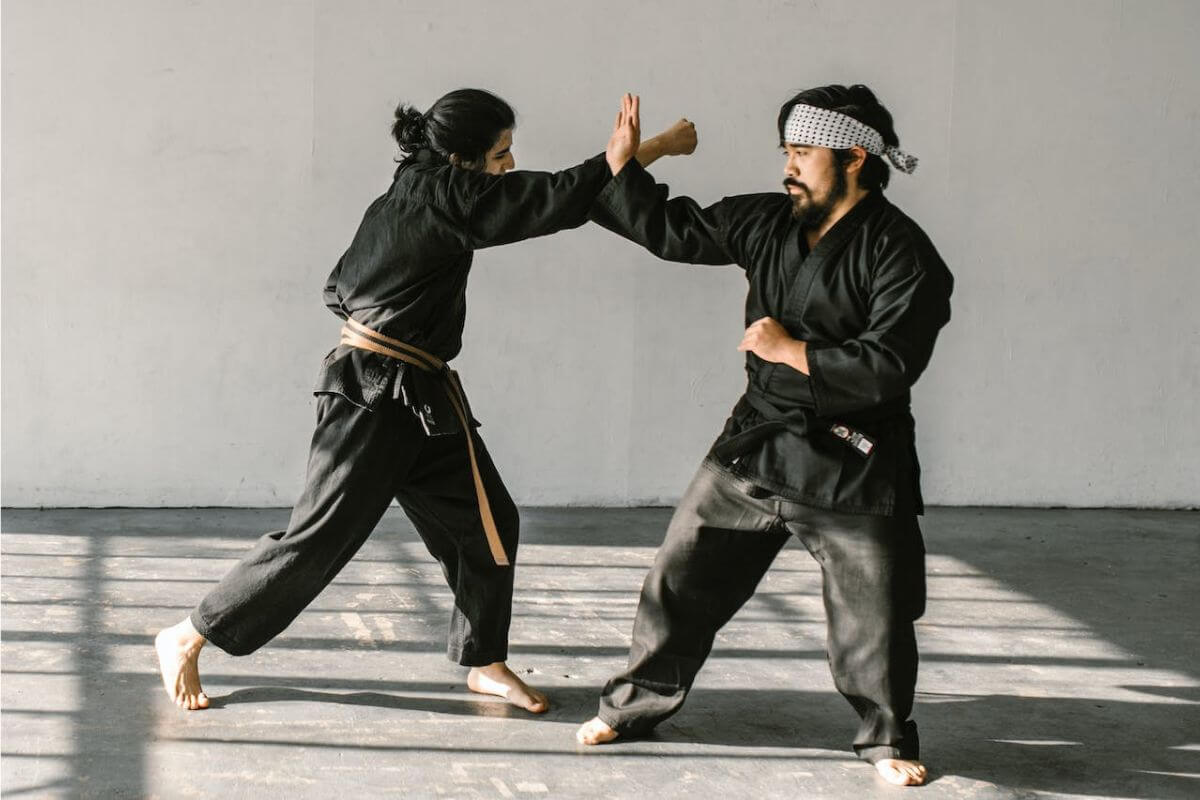
Pros And Cons of Brazilian Jiu-Jitsu
The most obvious pro that Brazilian Jiu-Jitsu has is how well it equips you for handling opponents on the ground. It absolutely excels in ground fighting and gives you a well-rounded set of techniques for controlling and submitting your opponents that’s particularly useful in situations where fights end up in close quarters.
Naturally, with so much focus on ground fighting, Brazilian Jiu-Jitsu won’t give you nearly the same level of expertise Karate will when it comes to stand-up striking/fighting. This can be a problem if you find yourself in a situation where you need to keep your distance and strike to defend yourself.
But once you out hands on your opponent Brazilian Jiu-Jitsu will teach you to think on your feet and apply technique in unpredictable, dynamic situations because of how much live sparring it includes in its training. It promotes adaptability, strategy, and problem-solving, so it translates in a different way (many will say better way) into real-life situations, and it even has some therapeutic benefits. Of course, with live sparring comes the higher risk of injuries but that will also depend on your training partners 🙂. If you want to become a Brazilian Jiu-Jitsu practitioner, you’ll need to get used to joint strains and sprains because they’re common in intense grappling sessions.
There’s also the fact that it’s extremely inclusive and its principles will allow smaller, potentially weaker people to overcome larger opponents through technique and leverage. However, the learning curve is rather steep, and you’ll need to invest a lot of time, patience, and energy to get to that level. But… it’s worth it!
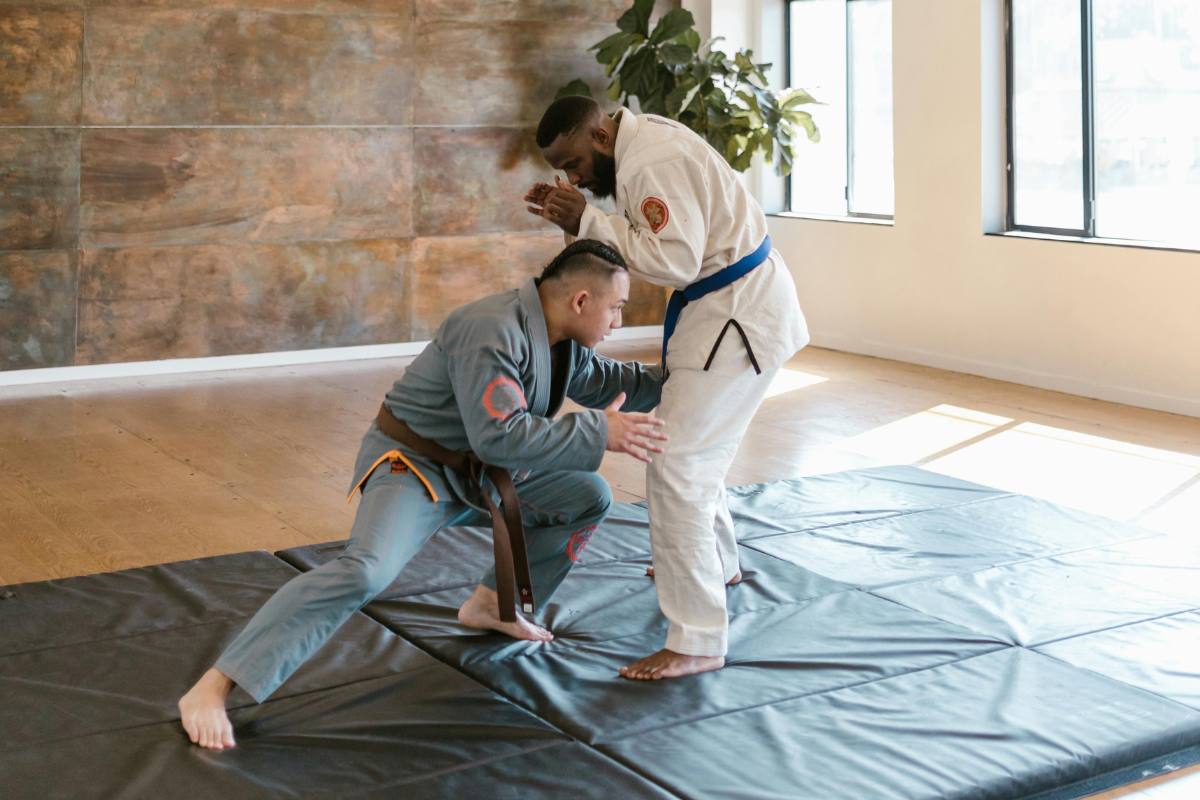
BJJ vs Karate – Which One is Better for Self-Defense?
Choosing between BJJ vs Karate in terms of self-defense comes down to personal preference and the specific situation you may find yourself in. So, there isn’t really a straight-up answer.
BJJ was primarily designed for self-defense and will teach you practical skills for close quarters combat. Since it emphasizes ground fighting and submissions, you’ll be able to effectively control your opponent in real-life situations where confrontation gets to the ground. Part of those practical skills are adaptability and problem-solving, which means it will teach you to have a mindset that will prove practical in situations where you need to defend yourself.
By now, you know Karate is all about standing up and striking, and its practitioners learn how to throw powerful strikes in their opponents’ way, all while maintaining a distance. This will be useful in situations where you need to keep your opponent at bay, and it will also mentally prepare you for different self-defense situations.
So, which is better? There’s really no definitive answer to that question because each person will tell you differently. Think about the pros and cons of each, consider your preferences, and that will help you decide which of these martial arts will serve you better if you ever need to defend yourself. Want to know the best option… Best option will be to know both striking and submission grappling and specialize in one.
FAQ
Is Karate better than Brazilian Jiu-Jitsu?
If you ask a Karateka, they’ll tell you Brazilian Jiu-Jitsu doesn’t even compare to Karate, which is far superior. A BJJ fighter will tell you the opposite, so do you see where it’s getting at? Neither is inherently better, so it depends on your personal goals and preferences. Good to know how to strike and grapple tho.
Can a Karateka beat a BJJ fighter in a street fight?
Success will depend on a few different factors, like experience in fighting, skill level, adaptability, and specific situation. A skilled Karateka will be excellent in striking, but a BJJ fighter’s ground expertise may be an advantage. Street fights are unpredictable, which means that Karateka could beat a BJJ fighter, but it could be the other way around, too. Experience will play a huge part.
Conclusion
Well… That was a lot of striking and grappling talk, but now you probably know which way you want to go. If you don’t, you can give both a try and stick to what you like better. Each has its strengths and limitations, but they will both teach you far more than just how to win in a fight.
Are you familiar with either Brazilian Jiu Jitsu or Karate? Which one of them would you like to give a try and why? Are there any other martial arts you’re interested in?
Let’s chat about this some more because there’s a lot to talk about with martial arts!
Game over!
References:
- Christian G. Almeda, Gerald T. Mangine, Zackary H. Green, Yuri Feito “Experience, Training Preferences, and Fighting Style Are Differentially Related to Measures of Body Composition, Strength, and Power in Male Brazilian Jiu Jitsu Athletes—A Pilot Study,” Sports (Basel) 11, no. 1 (2023): 13.
- Kelly Weinberger, Tracey Burraston “Benefits of Brazilian Jiu-Jitsu in Managing Post-Traumatic Stress Disorder: A Longitudinal Study,” Journal of Community Engagement and Scholarship 13, no. 4 (2021).
- Lachlan P. James “An Evidenced-Based Training Plan for Brazilian Jiu-Jitsu,” Strength and Conditioning Journal 36, no. 4 (2014): 14-22.
- Puneet Bhattacharya, Sridip Chatterjee, Samiran Mondal “Effect of Karate on Neurocognitive Physiology: A Focused Review,” Neurology India 70, no. 1 (2022): 11-18.
- Wiktor Potoczny, Radoslawa Herzog-Krzywoszanska, Lukasz Krzywoszanski “Self-Control and Emotion Regulation Mediate the Impact of Karate Training on Satisfaction With Life,” Frontiers in Behavioral Neuroscience 15 (2021).
- Photo by RDNE Stock project; Photo by master1305 from Freepik.

